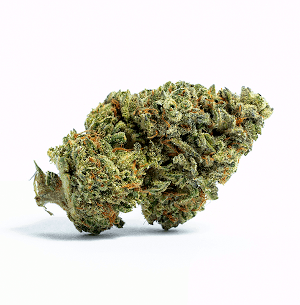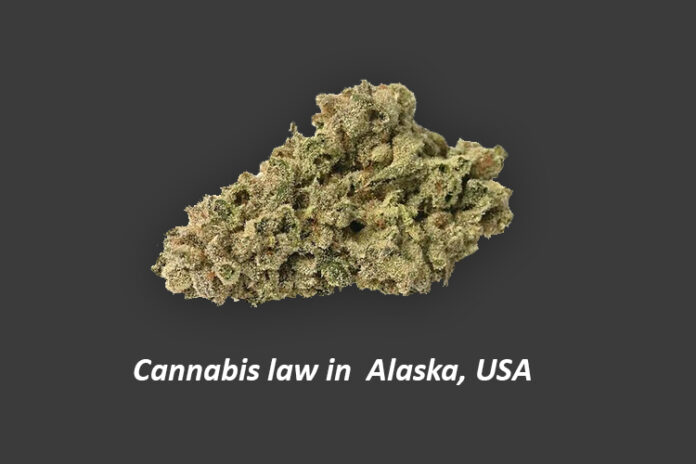Alaska has had a long and complicated history with cannabis law, with significant changes taking place over the past several years. In this essay, I will discuss the current status of cannabis law in Alaska, as well as the history of its legalization and regulation.
History of Cannabis Legalization in Alaska
Alaska was the second state to legalize cannabis for medical use in 1998, with the passage of Ballot Measure 8. The law allowed for patients with certain medical conditions to use cannabis with a doctor’s recommendation, and also allowed for the creation of a patient registry.
In 2014, Alaska voters approved Ballot Measure 2, which legalized cannabis for recreational use for adults over the age of 21. The law took effect in February 2015, making Alaska the fourth state to legalize recreational cannabis.
Current Cannabis Laws in Alaska
Under Alaska’s current cannabis laws, adults over the age of 21 can possess up to one ounce of cannabis and can grow up to six plants per household (with a maximum of three plants in the flowering stage). However, public consumption of cannabis is still prohibited, and driving under the influence of cannabis is illegal.
In addition to the possession and cultivation provisions, Ballot Measure 2 established a system for regulating the production, sale, and taxation of cannabis in Alaska. The state’s Alcoholic Beverage Control Board (ABC) is responsible for overseeing the cannabis industry, and has issued licenses for cultivation, manufacturing, testing, and retail operations.
As of January 2023, there were over 200 active cannabis business licenses in Alaska, including cultivators, manufacturers, and retailers. The state collects a 5% excise tax on all cannabis sales, which is in addition to local sales taxes.
Challenges and Issues with Cannabis Law in Alaska
Despite the legalization of cannabis in Alaska, there have been several challenges and issues with the implementation and regulation of the industry. One of the biggest challenges has been the lack of banking services for cannabis businesses. Because cannabis is still illegal at the federal level, many banks are reluctant to work with cannabis businesses for fear of violating federal law.
Another issue has been the lack of clarity around certain aspects of the law, particularly with regard to local control. While the state has established a regulatory framework for the industry, individual municipalities are allowed to opt out of allowing cannabis businesses within their borders. This has led to confusion and uncertainty for businesses and consumers alike, and has resulted in a patchwork of different regulations and restrictions across the state.
Finally, there have been concerns about the impact of legalized cannabis on public health and safety. While some studies have suggested that cannabis legalization has not led to an increase in crime or other negative outcomes, others have raised concerns about the potential for increased traffic accidents and youth use.
Conclusion
Alaska’s cannabis laws have evolved significantly over the past several decades, from the legalization of medical cannabis in 1998 to the approval of recreational cannabis in 2014. While there have been challenges and issues with the implementation and regulation of the industry, the overall trend has been toward greater acceptance and normalization of cannabis use.
As with any drug or substance, it is important for individuals to be informed and responsible when using cannabis. By understanding the law and the potential risks and benefits of cannabis use, individuals can make informed decisions about their own health and well-being.



